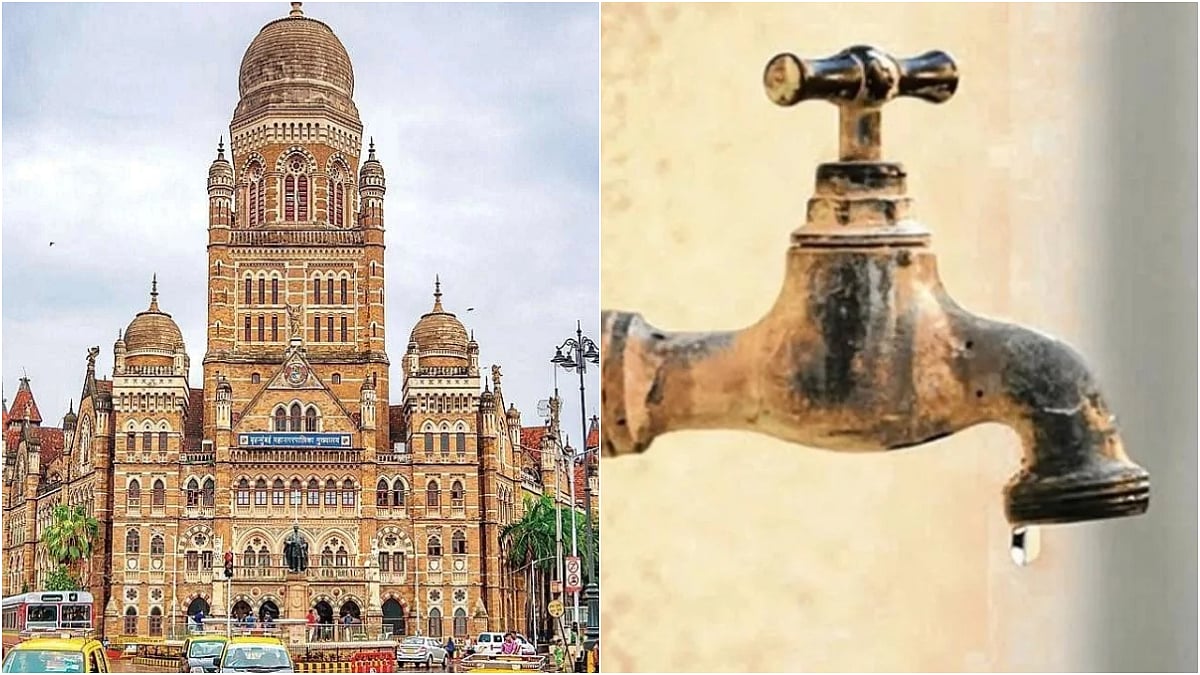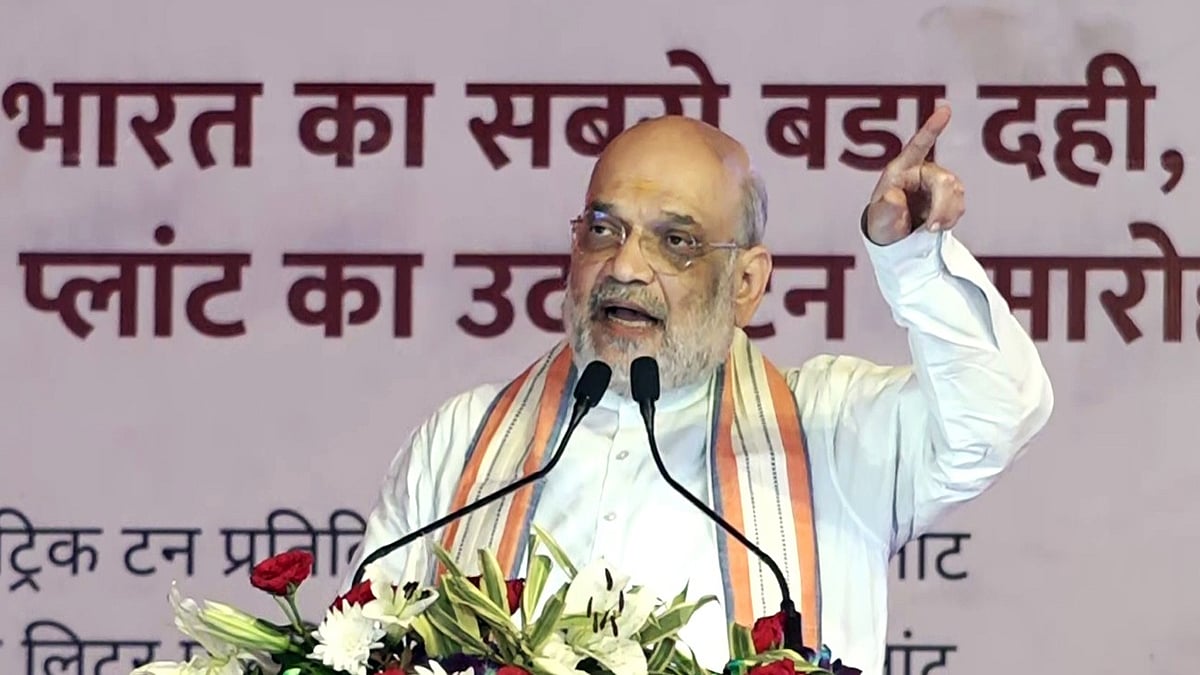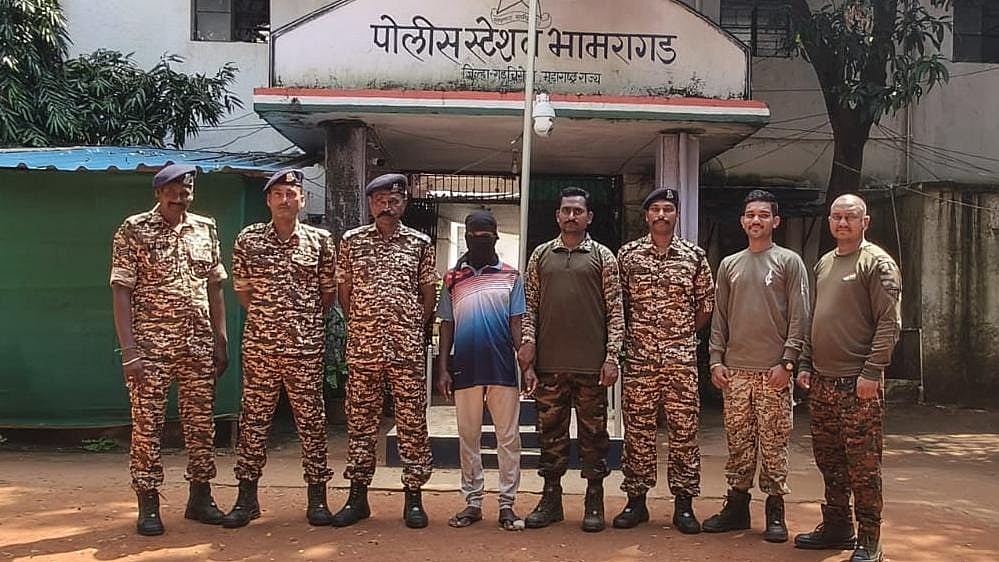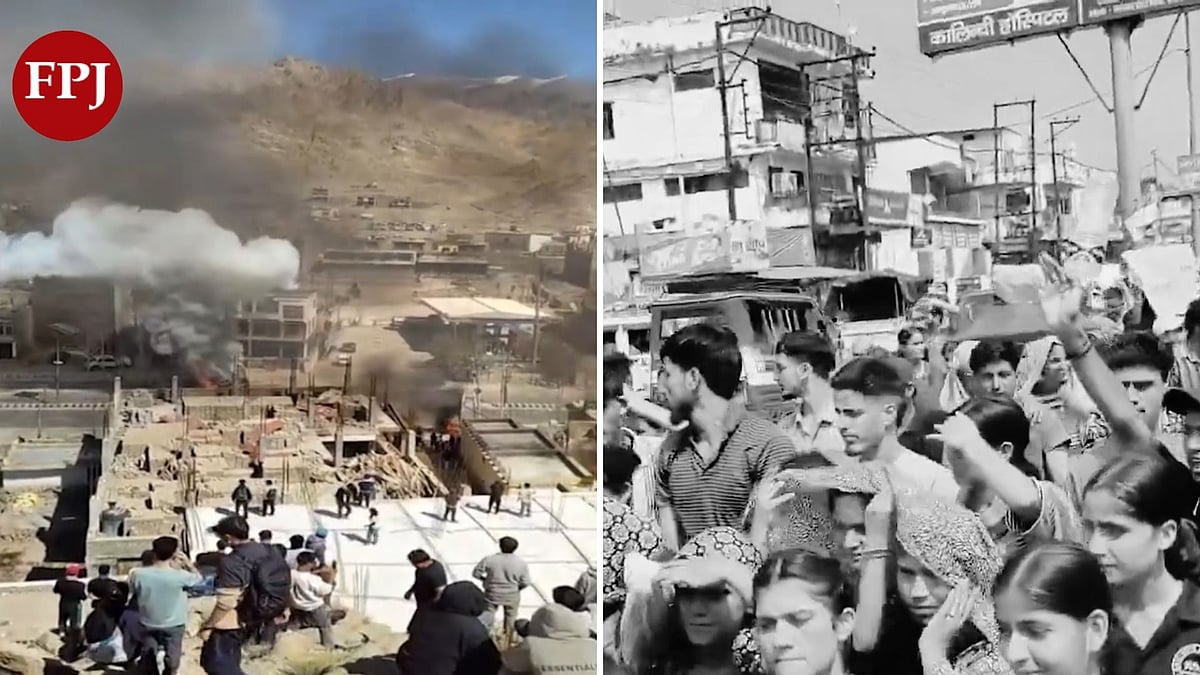The ground-breaking ceremony of the proposed national memorial of Dr Babasaheb Ambedkar on Indu Mills land at Dadar at the hands of Prime Minister Narendra Modi on Sunday may have boosted the morale of boisterous BJP leaders eager to masquerade as saviours of the downtrodden. But two facts reveal that it had more to do with politically encashing on the sentiments of Dalits than actually doing something meaningful for them: The event took place on the eve of the first phase of Bihar assembly elections; and the formal transfer of the Indu Mills land to the government is yet to take place, with negotiations on granting TDR to the National Textile Corporation (NTC), that owns the land, still in progress.
At the event, Modi made it a point to harp on his OBC identity and indebtedness to Ambedkar and lambasted the previous Congress government for taking so long for creating the memorial. The entire programme appeared to be timed smartly to reap votes and make overtures towards the Dalits. Maharashtra’s Dalit leaders, rallied around Modi for the event, in keeping with their tradition of hobnobbing with the party in power for crumbs of political benefits. Earlier, the splinter groups of the Republican Party of India (RPI) used to rally around Congress and NCP, now they are with BJP-Sena.
The BJP is following the footsteps of the Congress, which has appropriated Ambedkar, who was one of its bitterest critics. Since Ambedkar wanted to give priority to socio-economic changes in the lives of the untouchables, women and a large section of backward classes, he was at loggerheads with major political leaders, including Mahatma Gandhi. Gandhiji had refused separate electorates for Dalits, despite those existing for Muslims and Sikhs. He went on fast unto death that resulted in the historic Pune pact between him and Ambedkar in 1932.
Later, the Congress stalled the entry of Ambedkar into the constituent assembly which had members drawn from elected provincial legislatures. Ambedkar got elected from the then undivided Bengal, but the state was divided and his Jessor-Khulna constituency was included in the newly formed East Pakistan. Subsequently, the Congress sought help of a British jurist Sir William Ivor Jennings, who reportedly suggested three Indian names, including Ambedkar’s, as an alternative. Ultimately, Ambedkar was accommodated in the constituent assembly.
Subsequently, after India became republic, Ambedkar was made the law minister in the Jawaharlal Nehru cabinet. He was one of the two non-Congress ministers, the other bein Shyamaprasad Mukherjee from Jan Sangh. However, Ambedkar resigned from the Nehru cabinet in 1951 when the Hindu Code Bill, moved by him to grant property rights to women, was rejected in the Parliament. The Bill was later broken up into four parts and over decades, accommodated in the constitution in bits and pieces.
In the first general elections in 1952, Ambedkar had to face a humiliating defeat. In the then undivided Bombay state, S K Patil was the supremo. The Congress divided the scheduled castes on caste lines and since Ambedkar belonged to the Mahar caste, the Congress started promoting members of the Chamar caste. Hence, the Congress nominated Narayan Kajrolkar as its candidate and got him elected. In that election, a voter had to cast two votes, one for a candidate in the reserved category and the other for a candidate in the general category. Another serious jolt for Ambedkar was the bypoll for Bhandara Lok Sabha seat. Though Congressman Chaturbhuj Jasani was elected from the general seat, his election was declared null and void after litigation over his eligibility to contest. In the resulting bypoll in 1954, Ambedkar contested from the reserved seat but was defeated by Congressman Bhaurao Borkar.
Subsequently, Ambedkar decided to form an all encompassing party of the ‘have-nots’ as an alternative to the Congress and had written letters to several non-Congress organisations and leaders. However, before he could form the RPI, he died in 1956. The party was formed by his close aides in the following year, but could not achieve the goal. Far from bringing the downtrodden masses from all religions and castes together, the RPI leaders confined the party only to their own community and started aligning themselves with the ruling parties in return for individual political benefits.
It resulted in the party being splintered into over a dozen groups headed by politically ambitious leaders. Except Ambedkar’s grandson Prakash Ambedkar, who achieved some success in reaching out to OBCs and Muslims in the Akola district, there has been no visible attempt to fulfil Ambedkar’s dream. The Akola pattern, however, has not been replicated anywhere else in the state and is losing steam.
The Congress, which had slighted Ambedkar throughout his life, added him to the galaxy of national leaders in 1985 when the party celebrated its centenary. Also, his portrait in the hall of Parliament was put up in 1989 when V P Singh was the prime minister. The following year, he was awarded the Bharat Ratna, 34 years after death. The Congress, in return, used Ambedkar as an icon in Dalit slums and settlements to secure votes.
Now it is the turn of the BJP, which is in power and wants to retain power. The BJP and the Sangh Parivar has already started appropriating Ambedkar to suit their convenience, picking up bits and pieces favourable to them from his writings and speeches. The basic philosophy of Ambedkar, however, is left untouched and, instead, emotive and symbolic issues are given prominence.
Interestingly, the BJP government, which has initiated the national memorial for Ambedkar on Indu Mill land, is in no hurry to complete it. The land is yet to be formally transferred and the negotiations for granting TDR to NTC are yet to be finalised. There is no budgetary provision for financing the project yet.
It is keeping with the trend of parties in power. The previous Congress-NCP government had announced the creation of the tallest statue of Chhatrapati Shivaji Maharaj in the Arabian Sea off Marine Drive way back in 2008. The Congress-NCP used it as a poll plank in the 2009 assembly polls as well as in the 2014 polls. The project is still on paper. The possibility of the Ambedkar memorial project going the same way cannot be ruled out.










